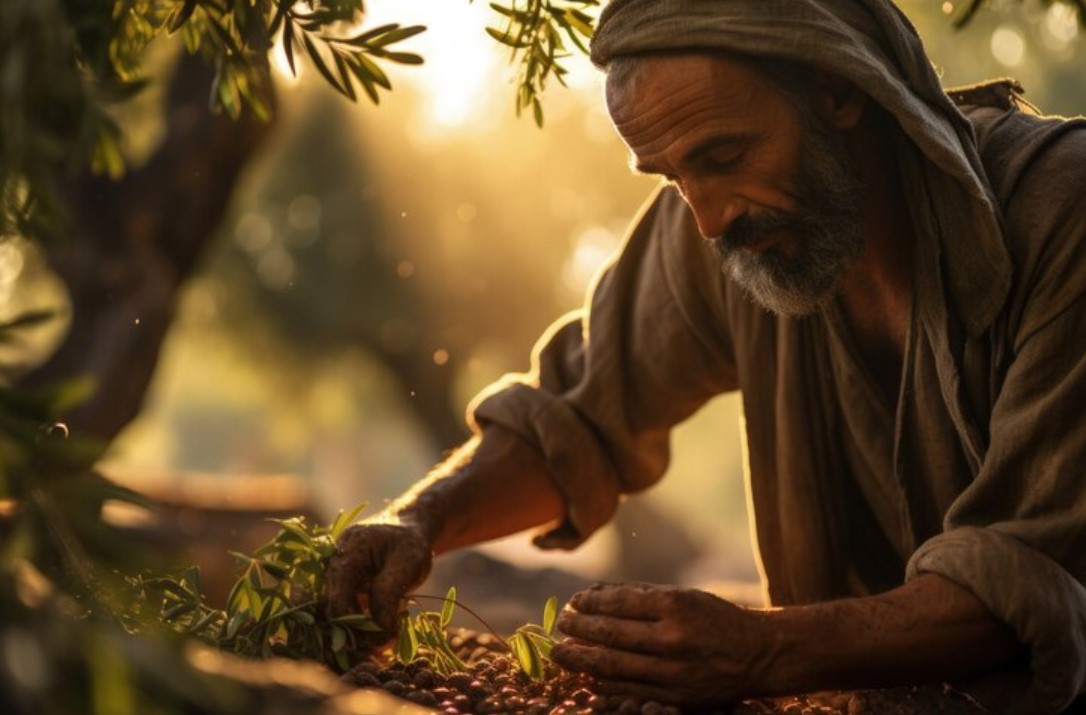Introduction to Single Origin Coffee
Single origin coffee refers to coffee sourced from a single producer, crop, or region, highlighting the unique characteristics tied to its specific location. Unlike blends that combine beans from various sources, single origin coffee showcases the distinct flavors and aromas that arise from the environment in which the coffee is grown. This can include factors such as soil composition, climate, altitude, and the farming methods used. As coffee enthusiasts and connoisseurs seek to deepen their appreciation for this beloved beverage, understanding the intricacies of single origin coffee becomes essential. In this article, we will explore the origins, benefits, flavor profiles, and the future of single origin coffee.
The Journey from Farm to Cup
The journey of single origin coffee begins at the farm, where every step influences the final cup’s quality. Coffee plants thrive in specific climates, typically between the Tropics of Cancer and Capricorn. Regions like Ethiopia, Colombia, and Guatemala are renowned for their exceptional coffee due to their unique altitudes, rainfall, and microclimates.
Farmers often employ traditional practices to cultivate their coffee, such as shade-grown methods, which preserve the ecosystem and enhance flavor. Once harvested, coffee cherries undergo a meticulous process of washing, fermenting, and drying. Each of these stages is crucial for developing the bean’s inherent flavors. After processing, the beans are roasted to perfection, bringing out the unique characteristics of their origin. This entire journey, from seed to cup, underscores the artistry involved in crafting single origin coffee.
Flavor Profiles and Characteristics
One of the most fascinating aspects of Single origin coffee is its diverse flavor profiles. Each region imparts distinctive notes, influenced by local growing conditions. For example, Ethiopian coffees often exhibit bright acidity and floral notes, while Colombian coffees are known for their smooth, well-balanced profiles with hints of caramel and nuts.
In contrast, coffees from Sumatra may have a full body with earthy tones and low acidity. These unique flavor characteristics allow coffee drinkers to experience a wide range of tastes from different parts of the world. Tasting single origin coffee can be an exciting adventure, as consumers can explore various flavor notes and find their preferences.
Moreover, many roasters and coffee shops offer cupping sessions, allowing enthusiasts to sample different single origin coffees side by side, further enhancing their understanding of how geography and cultivation affect taste.
The Benefits of Single Origin Coffee
Single origin coffee offers numerous benefits, both for consumers and producers. For consumers, it provides a chance to appreciate the craftsmanship behind each cup. By choosing single origin coffee, drinkers can support ethical and sustainable farming practices. Many single origin coffees are sourced from small-scale farmers who employ environmentally friendly methods, ensuring that their communities benefit from fair trade practices.
Moreover, single origin coffee is often fresher than blended options. When sourced directly from farmers, roasters can maintain tighter control over quality and freshness, resulting in a more vibrant cup. The growing trend of transparency in sourcing also allows consumers to trace the origins of their coffee, fostering a deeper connection to the beverage they enjoy.
For producers, the focus on single origin coffee can lead to higher profit margins. By emphasizing quality over quantity, farmers can command better prices for their unique beans. This shift not only rewards their hard work but also encourages them to continue investing in sustainable practices, contributing to the overall health of the coffee-growing community.
The Future of Single Origin Coffee
As the global coffee market evolves, the future of single origin coffee looks promising. With increasing awareness of sustainability and ethical sourcing, more consumers are gravitating towards single origin options. This shift is encouraging roasters and producers to adopt innovative practices that promote environmental stewardship and social responsibility.
Additionally, technology is playing a significant role in shaping the future of single origin coffee. Advancements in processing techniques, data analytics, and even blockchain technology are helping farmers improve quality and traceability. For example, using data to monitor soil health and climate conditions can lead to more informed decisions about planting and harvesting, ultimately resulting in better quality beans.
Moreover, the rise of specialty coffee shops is contributing to the growing demand for single origin coffee. These establishments often prioritize unique, high-quality coffees and create a platform for educating consumers about the differences in flavor profiles and sourcing practices. As more people become passionate about their coffee choices, the appreciation for single origin coffee will likely continue to flourish.
Conclusion: A Celebration of Diversity in Every Cup
In conclusion, single origin coffee represents a celebration of diversity in flavor, culture, and sustainable practices. From the meticulous journey from farm to cup, the distinct characteristics of each region, and the benefits for both consumers and producers, single origin coffee offers an enriching experience for coffee lovers. As we look to the future, the commitment to sustainability, innovation, and education will ensure that single origin coffee remains a vibrant and essential part of the coffee world.
By exploring single origin coffee, consumers not only indulge in a delicious beverage but also support a system that values quality, ethical practices, and the artisans behind each cup. So, the next time you sip your coffee, take a moment to appreciate the journey it has undertaken and the unique story it tells.










